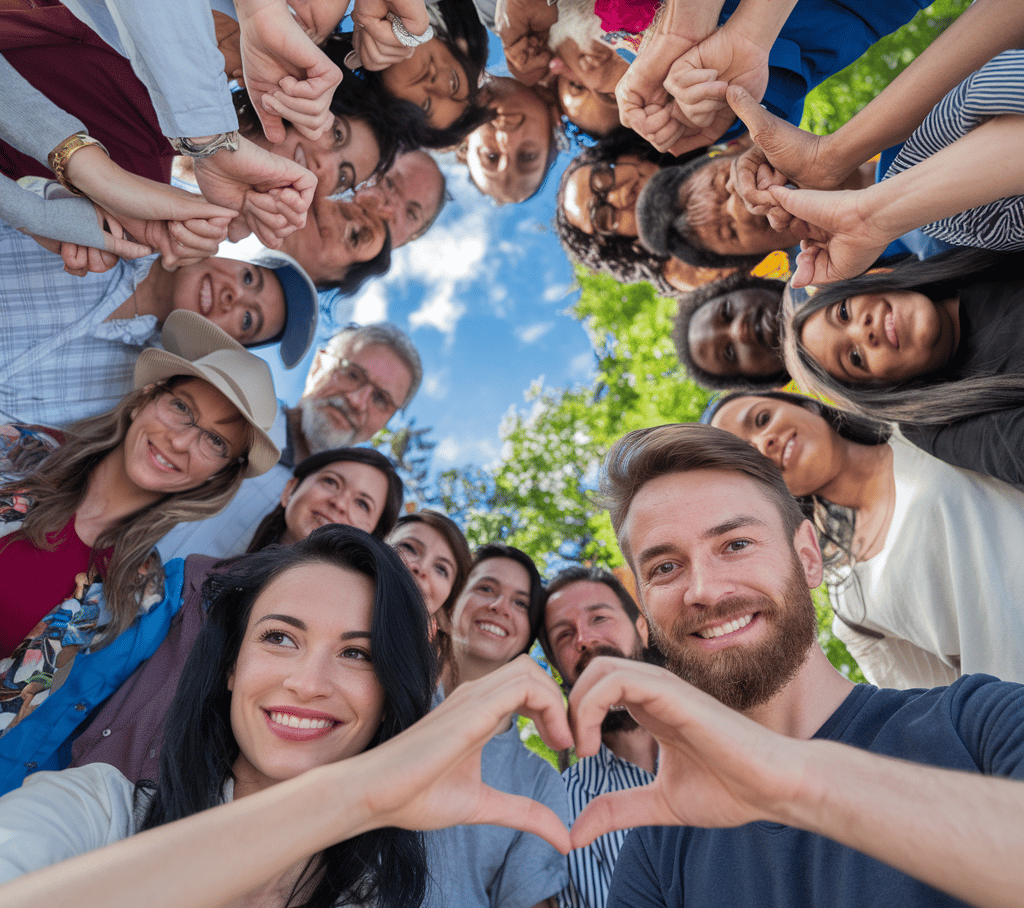The Universal Language of Gestures: When Words Fail, Body Speaks
In the ever-shrinking tapestry of our globalized world, communication often hinges on words. Yet, what happens when you find yourself fumbling for the right term in a language you’ve never spoken? Or worse, when your attempted “bonjour” comes out sounding more like a sneeze? The answer lies not in a phrasebook but in the age-old art of gesticulation and body language—a universal dialect as old as humanity itself. However, beware: this silent lingua franca can be as fraught with pitfalls as it is ripe with possibility.
7/7/20252 min read


The Poetry of Motion: A Universal Dance
From a nod of agreement to the wave of a hand, gestures are a passport to understanding that transcends borders. Consider the traveler in a remote Italian village who, lost and mapless, discovers that a simple shrug and pointing gesture can prompt a local to guide them to the nearest trattoria. Or the backpacker in Thailand who finds that a wai—a slight bow with palms pressed together—is the key to earning smiles and directions.
Such moments underscore what Charles Darwin eloquently explored in The Expression of the Emotions in Man and Animals. He observed that certain gestures—smiling, frowning, or even the universal thumbs-up—seem embedded in our collective DNA. This innate physical lexicon has inspired authors and filmmakers alike. Think of the charming 2003 film Lost in Translation, where Bill Murray and Scarlett Johansson navigate Tokyo’s cultural maze, relying as much on shared glances and wry smiles as on broken English.
The Dark Side of the Hand
But tread carefully, dear globetrotter, for the body’s language, though universal, is also dangerously ambiguous. A simple thumbs-up may win you applause in America, but in parts of the Middle East, it’s equivalent to a rude gesture best reserved for traffic jams. The “OK” hand sign? Harmless in most of the West but offensive in Brazil and Turkey. And don’t even get started on the V-sign, which, depending on the orientation of your palm, can be a gesture of peace or a curse in the UK.
The comedic goldmine of such misunderstandings has fueled countless stories. Consider Graham Greene’s novel The Quiet American, where cross-cultural gestures lead to unintended consequences, or the classic comedy Mr. Bean’s Holiday, in which Rowan Atkinson’s bumbling protagonist manages to inadvertently offend half of France with his exaggerated pantomimes.
The Art of the Gesture: Tips for the Intrepid Traveler
So how do you harness the power of gestures without stumbling into a diplomatic faux pas? Here are some golden rules:
When in Rome, Observe: Before diving into interpretive dance, take a moment to watch locals. How do they greet each other? Do they point, bow, or clasp hands?
Err on the Side of Modesty: Large, sweeping gestures might seem friendly but can be misconstrued as aggressive or overly familiar in some cultures.
Smile, But Not Too Much: While a smile is almost universally positive, some cultures, like Japan’s, value subtlety and restraint over beaming grins.
Learn the Basics: Just as you’d memorize “please” and “thank you,” learn what gestures are friendly versus offensive in your destination.
Gestures: Humanity’s Great Equalizer
Ultimately, gestures remind us of our shared humanity. They’re the reason a fisherman in Greece and a tourist from Finland can laugh together without sharing a single word, or why an Argentine tango dancer and an Australian surfer can exchange mutual respect with a simple nod. Like any language, the key is to approach it with humility and curiosity.
As Mark Twain once quipped, “Kindness is the language which the deaf can hear and the blind can see.” And might I add, it’s a language best spoken with a little wave, a lot of heart, and perhaps, just perhaps, a touch of humor.
Itineround
Discover itineraries and maps of world cities.
email - itineround@gmail.com
© 2024. All rights reserved.